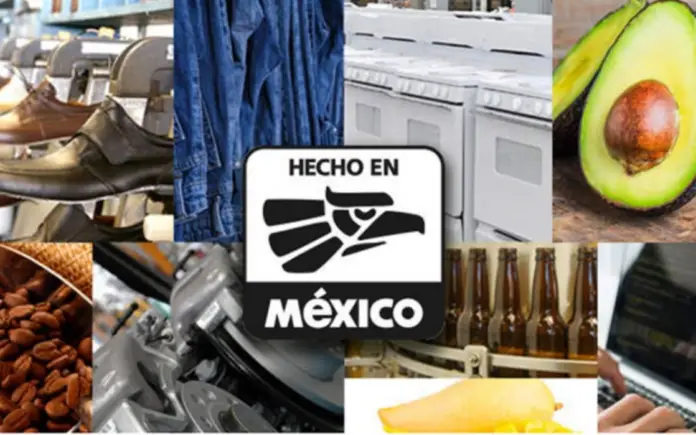The Mexico Plan, made up of 13 goals, aims to boost the country’s development through job creation, business sustainability, and reducing poverty and inequality.
However, one of the points that involves companies is the fourth goal, which mentions the following: “50% of the supply and national consumption will be made in Mexico in the textile, footwear, furniture and toy sectors.”
It is possible that 30% of SMEs will have financing by 2030: Daniel Becker
In addition to reducing the consumption of products from China, it is planned to recover more than 49,000 jobs in the textile and shoe industry, of which Guanajuato, State of Mexico, Jalisco, Coahuila, Hidalgo and Chihuahua will be the main states to benefit.
In such a way that this impacts Mexican companies, especially micro, small and medium-sized companies (SMEs), since one of their biggest competitors is Chinese products.
But the road is not easy, since Mexican companies have quality as a differentiator, but they compete with the low prices of products of Asian origin, argues Mario Romero, director of Impact Hub CDMX.
Main challenges for Mexican companies
In recent years, the increase in Chinese products to the country has affected consolidated companies, family businesses and startups, since low prices are an attraction for the consumer, leaving quality aside.
“For us, the differentiating factor is important, because the reality is that in China there are no certain regulations or controls on these products.”
Therefore, one of the main factors that would help Mexican companies is to offer guarantees and improve the customer experience. Likewise, companies should not stop investing in quality.
It is not about competing for a price, never. We need Mexican companies to work on differentiating factors.”
An example of a differentiator is the socio-environmental conditions that differentiate Mexico from China, so companies can also opt for processes that have a lower environmental impact.
Lack of formalization to be part of the supply chain
Another challenge faced by companies that want to join the supply chain and be eligible for investments is that many are informal and not institutionalized.
In the country, 17.3% of the businesses are not legally established, since the main reason is that they feel that they do not generate enough sales to formalize the business (69.8%), according to data from the Association of Entrepreneurs of Mexico (Asem).
“The reality is that in Mexico there is financing, but what the data tells us is that this financing is also not being used because the companies themselves have no way of proving their income.”
Does ‘Made in Mexico’ change consumer perception? One strategy to increase national consumption is the relaunch of the “Made in Mexico” program, as part of the Mexico Plan, which consists of highlighting national products over those from abroad.
Its origins date back to 1978, by the Ministry of Commerce and Industrial Development, with the aim of promoting national consumption. This had an impact on the consumer and on Mexican culture.
But today, consumer behavior has changed and preference for national products is no longer prioritized because there are more options on the market, especially in electronic commerce.
However, highlighting that a product comes from one country or another is no longer relevant as before, unless it has differentiating factors.
“It is not a strong strategy and we see that in the United States, where it is said where it was created, where it was designed and then where it was manufactured, but it no longer makes a big difference in the market.”
Because of this, Mario Romero points out that companies must innovate and use new technology, but to achieve this, emphasis must be placed on the flight of talent, which is a problem because companies need a workforce trained to handle new technologies.

Source: eleconomista




